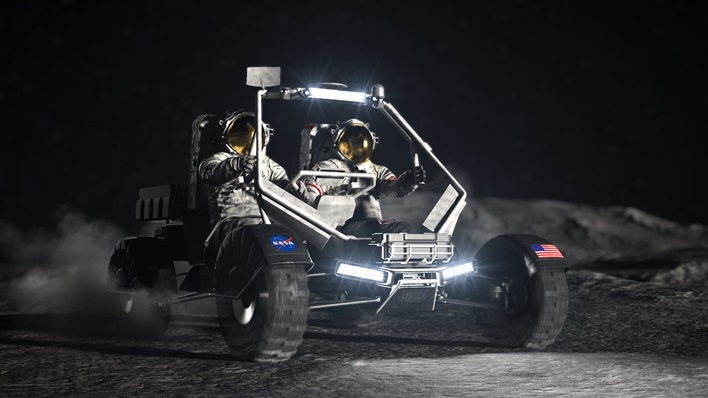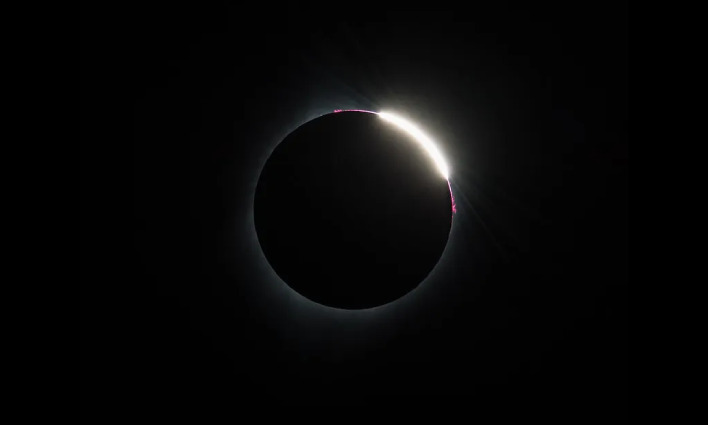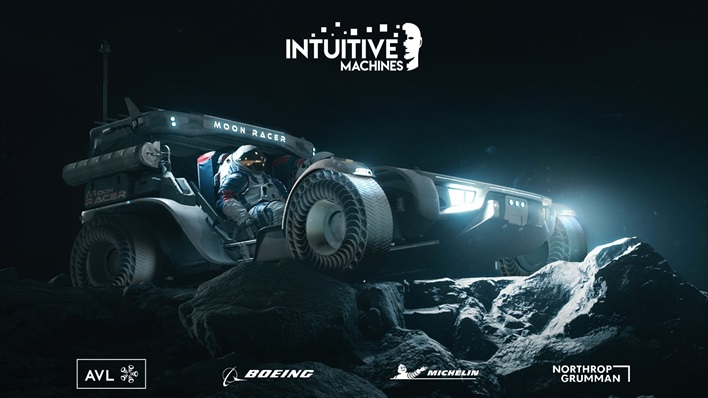From Moon Buggies Showdowns To A Lunar Time Zone, Here’s Your Moon Update

The total solar eclipse will occur in just a few days on April 8, 2024. It will darken the land across North America, with millions of people already having booked rooms along the path of totality to get the best seats in the house. Those planning on viewing the spectacle will need to ensure their eye safety with a specialized pair of eclipse glasses.

Another topic of lunar conversation is NASA announcing its selection of three companies to “advance capabilities for a lunar terrain vehicle (LTV) that Artemis astronauts will use to travel around the lunar surface, conducting scientific research during the agency’s Artemis campaign at the Moon and preparing for human missions to Mars.” The three companies selected were Intuitive Machines, Lunar Outpost, and Venturi Astrolab. The combined maximum potential value for all the awards is set at $4.6 billion.
“We look forward to the development of the Artemis generation lunar exploration vehicle to help us advance what we learn at the Moon,” remarked Vanessa Wyche, director of NASA’s Johnson Space Center in Houston. “This vehicle will greatly increase our astronauts’ ability to explore and conduct science on the lunar surface while also serving as a science platform between crewed missions.”

As NASA and other space agencies eye the Moon for potential lunar bases that will serve as lunar gas stations for spacecraft traveling onto Mars and beyond, the White House issued a memorandum earlier this week outlining the Biden-Harris administration’s policy to establish time standards at and around celestial bodies other than Earth to advance the National Cislunar S&T Strategy. This strategy is aimed at addressing how US S&T leadership will support responsible, peaceful, and sustainable exploration and use of Cislunar space, the large region of space in the Earth-Moon system beyond geosynchronous (GEO) orbit, including the Moon.
The White House announcement indicated that each new time standard developed will include the following features: Traceability to Coordinated Universal Time (UTC); accuracy sufficient to support precision navigation and science; resilience to loss of contact with Earth; and scalability to space environments beyond the Earth-Moon system.
While the total solar eclipse, lunar rovers, and yet more time zones to keep up with, we are not even breaking the lunar surface in terms of what NASA and other space agencies have up their sleeves for the Moon.

